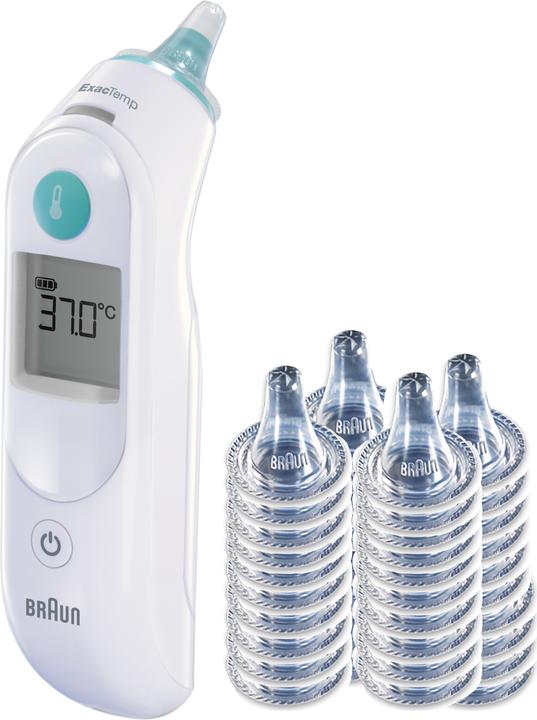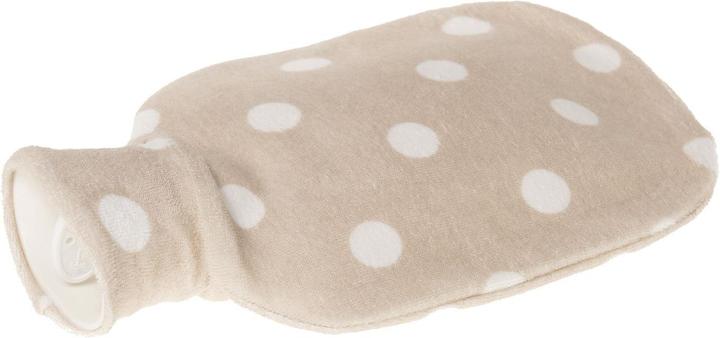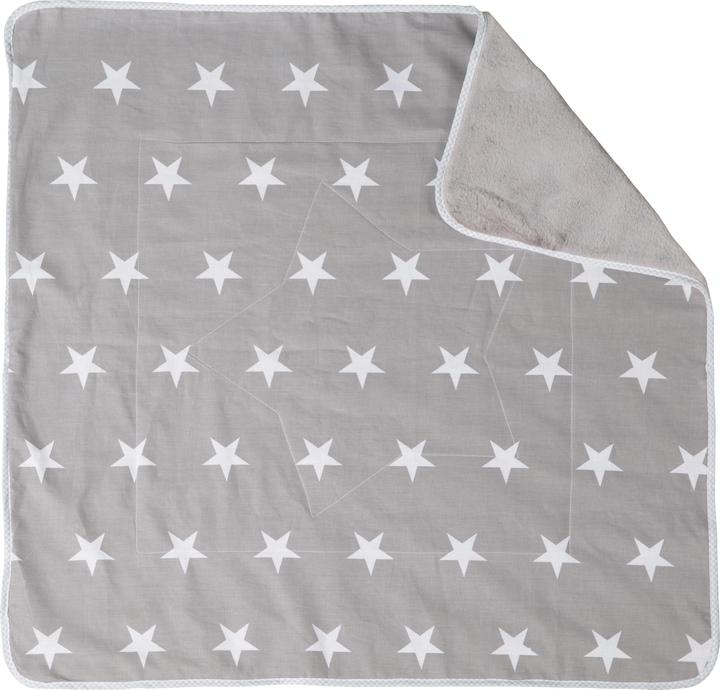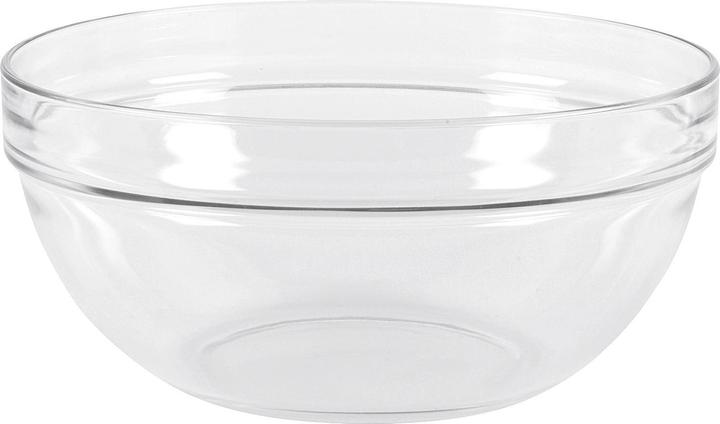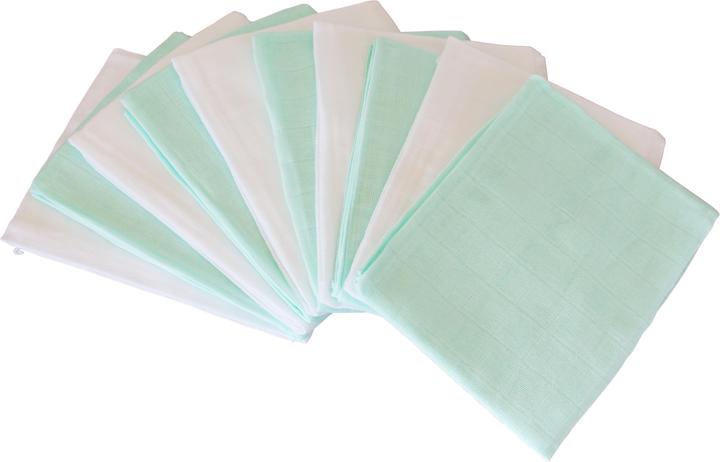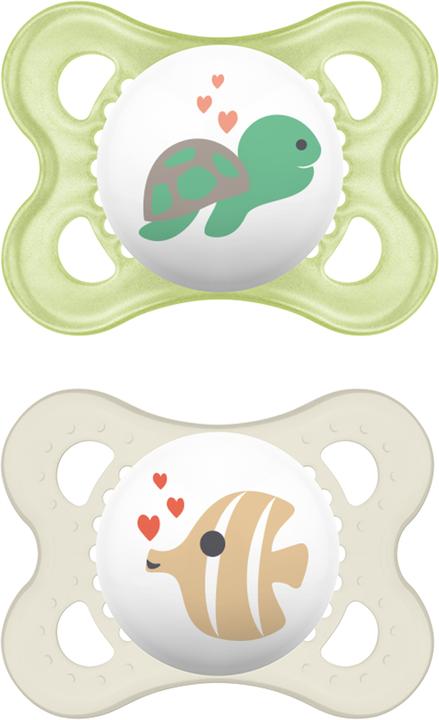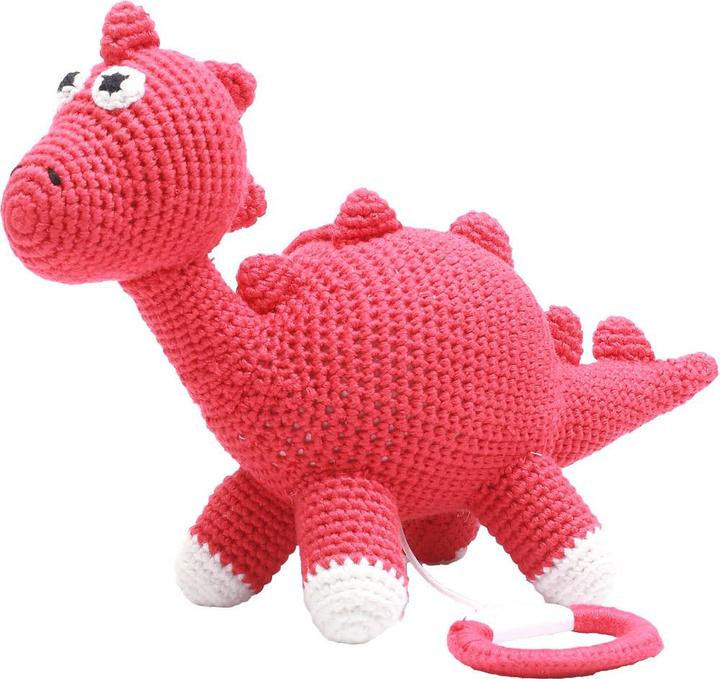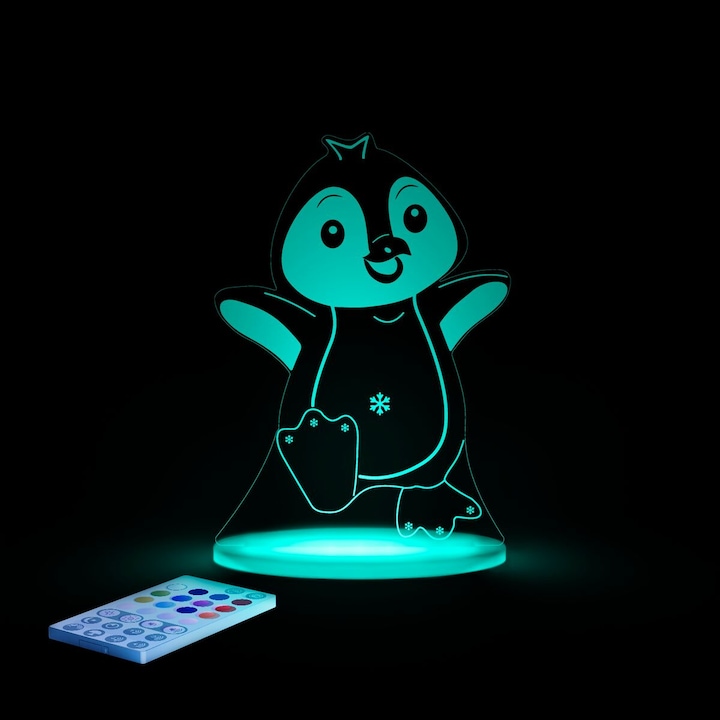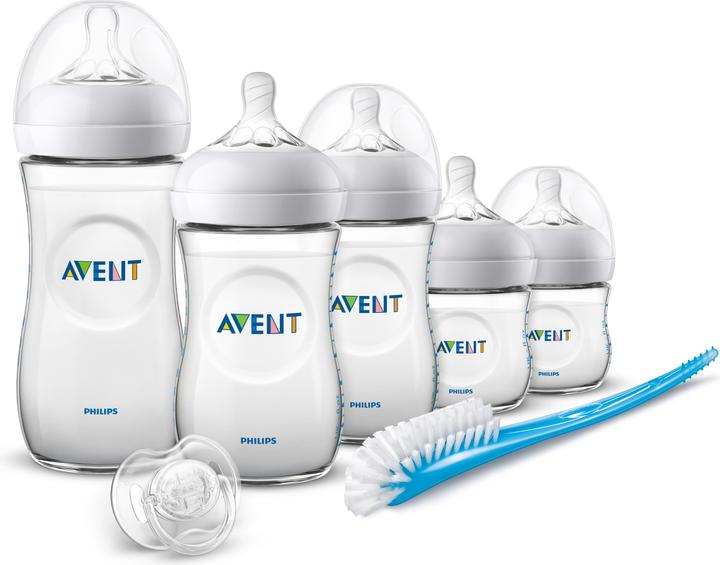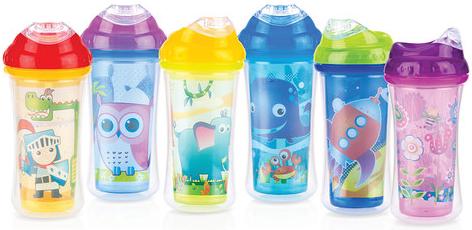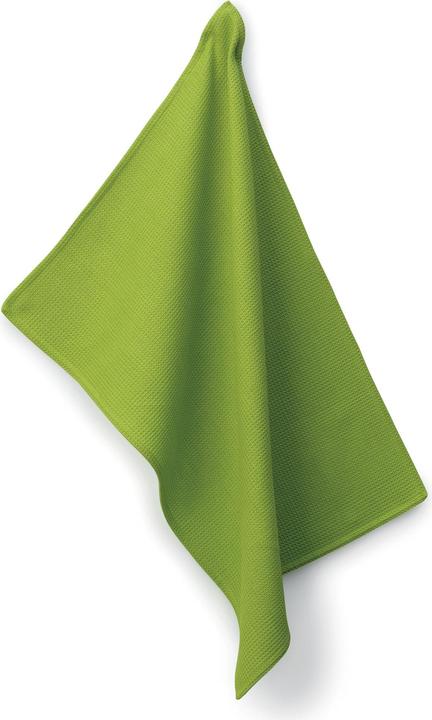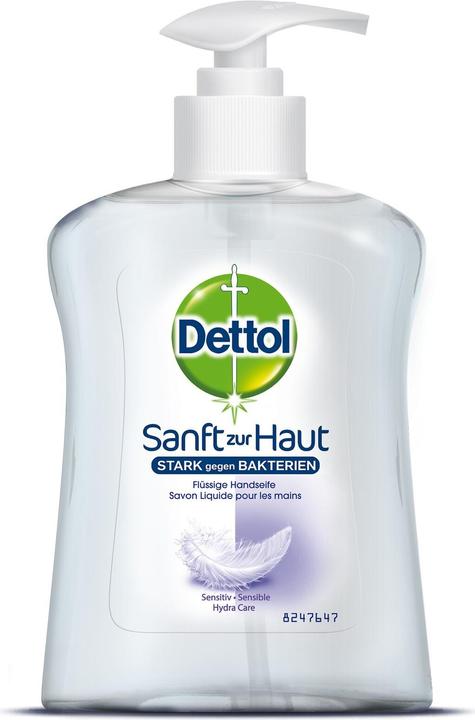

8 must-haves for a baby with a cold
Who hasn't experienced it: you visit family or friends with your baby, and it sneezes everywhere. I myself am the mother of a 10-month-old girl, and when I encounter this kind of situation, I wonder how best to protect my child. I have to admit, most of the time I just can't manage it. That's why I've put together a list of 8 tried-and-tested essentials for relieving toddler ailments.
1. The body temperature as an indicator of children's condition
A child's normal rectal body temperature is generally between 36.5 and 37.5°. Above 38.5°, the baby has a fever. It's difficult to measure rectal temperature when baby is asleep. That's why, in addition to a traditional thermometer, I also recommend a second model, which takes the temperature in the ear or on the forehead. However, these methods are not as accurate. Depending on the results, you can easily see how your child is doing and whether or not you need to go to the doctor.
2. Comfortable warmth for cold limbs
If your child doesn't yet have a fever, you can offer pleasant warmth with a blanket, hot water bottle or heating pad. Make sure the water put in the hot water bottle isn't too hot, as baby can't yet move the bottle away on its own if it burns him. The pillow filled with cherry stones should also not be heated for too long. As soon as your child develops a fever, give up all elements used to warm him or her.
3. Free the clogged nose of secretions
Babies breathe for a long time through their nose and not their mouth. That's why swollen nasal mucosa represents a real danger for them and prevents them from breathing. To clear the nose, as well as using a saline solution, I also recommend using a nasal aspirator. As this is not very pleasant for baby, you can also cut up onions and place them next to the bed. They help to clear the airways naturally.
4. Use good old antipyretics
In the event of a high fever, you can make a vinegar wrap. To do this, fill a basin with warm water, add a dose of vinegar and soak a cloth nappy in it. Then place it around the baby's calves and wrap a terry towel around it. For babies, 10 minutes is enough, as the temperature drops quickly. Important: do not use this method if the child has cold feet.
5. Create a restful atmosphere
To calm down, many babies have a dummy. Make sure you always have several to hand, to avoid having to search for one and always give your child a dummy full of bacteria again. As well as lullabies or musical toys, you can also place a nightlight next to your baby's bed. With plenty of sleep, the child will heal more quickly.
6. hydration is essential
During a cold, everyone knows, you need to drink a lot. Try to get your child to drink as much as possible, whether from the breast, a bottle, water or tea. If they don't drink much, go to the doctor to avoid dehydration. Also remember not to give your baby honey, as untreated honey can contain certain pathogenic germs that could lead to food poisoning.
7. Breathe more freely thanks to an optimised ambient climate
When you're cold, the ambient climate plays a vital role: the baby's room should be neither too dry nor too damp. My advice here is to choose a baby monitor with built-in hygrometer and thermometer. That way, you'll quickly see whether you need to use a humidifier or not. If you don't have one, spread a wet cloth in the room, which will also do the trick just fine.
8. Minimise the risk of contagion with special hygiene measures
From human to human, a cold is often transmitted by droplets. This means that if you look after your child day and night, you are constantly exposed to the cold. To protect yourself, I advise you to wash your hands often, use disinfectant or do the housework more often than usual.
You may also be interested in these articles:
I’m the cook, cleaner, police officer, nurse, entertainer, motivator, author, storyteller, coach, organiser, chauffeur, lawyer and judge. To put it simply, I’m a mum to a daughter and not just a (Content) Manager at the office but also at home.
